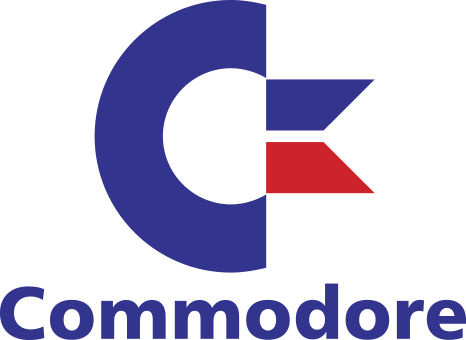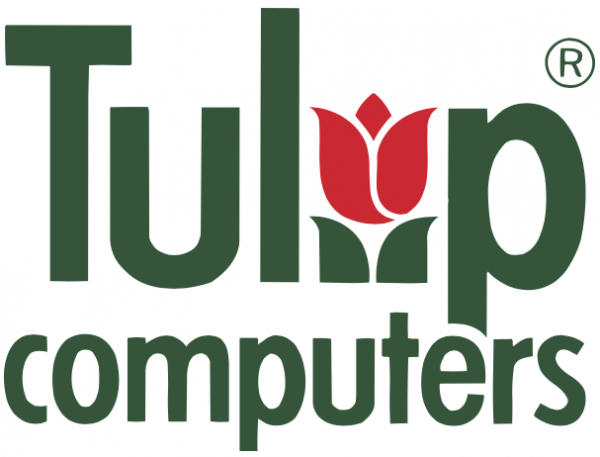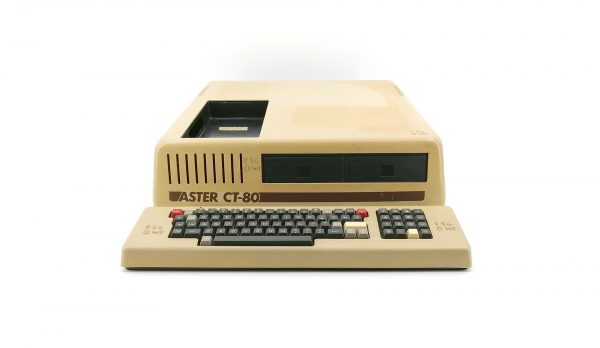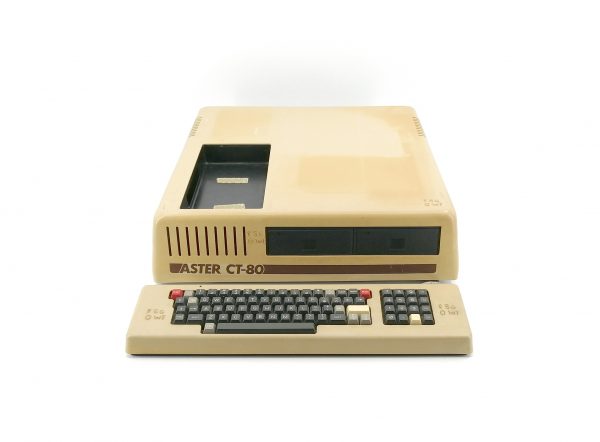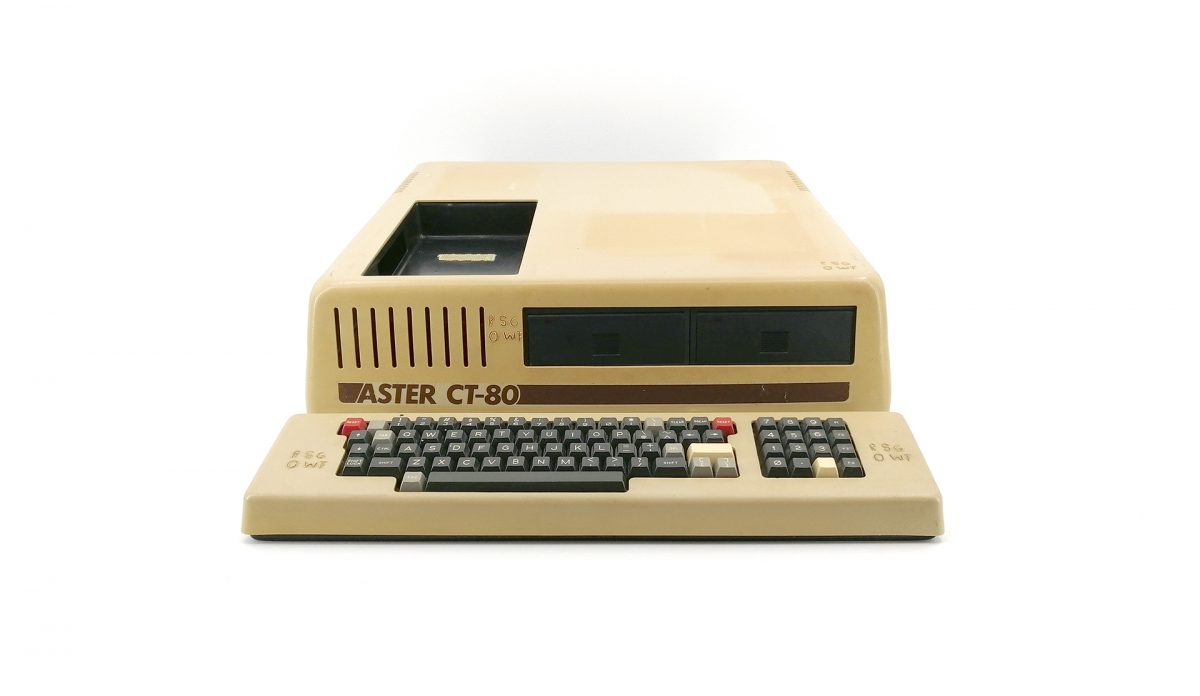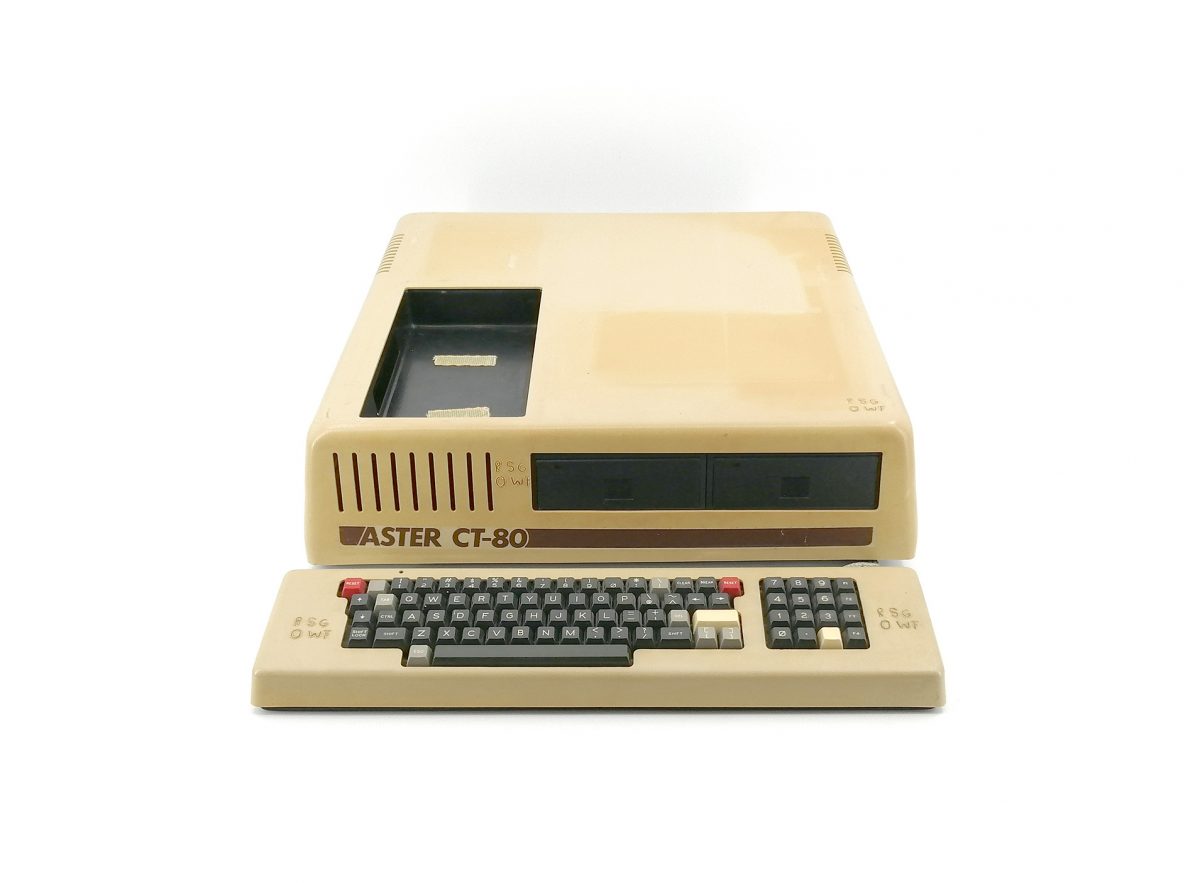Aster CT‑80
The Aster CT-80 was the first Dutch home computer, developed by the small company MCP (later renamed Aster Computers) and was initially sold as a kit to hobbyists. CT-80 stands for CP/M and Tandy and the year of release, 1980.
Aster CT‑80
The Aster CT-80 was the first Dutch home computer, developed by the small company MCP (later renamed Aster Computers) and was initially sold as a kit to hobbyists. CT-80 stands for CP/M and Tandy and the year of release, 1980.
The Aster CT-80 was constructed using euro cards in an euro card rack. The Aster was for many students from that time the first computer they came into contact with, because the Dutch state bought them for computer science education for their network capabilities. However, the Dutch state has given half of the orders to Philips for the P2000T, despite the fact that it did not fully meet the requirements (like no network).
There were three models. The original and most widely produced model was in a flat case (about 12 cm high). This is displayed in the museum. The second model was much smaller, sized at the front by two stacked 5¼" floppy disk drives, and it was about 40 cm deep. The third version most closely resembled a flat Apple ][ and had a built-in keyboard.
All Asters ran much faster than the original Tandy TRS-80 (4 MHz instead of 1.77 MHz), but could be switched back to original speed from software to be more compatible with the TRS-80, especially important for games. In other areas, too, the Aster was vastly improved over the original, and was much more like the much later Tandy-released TRS-80 Model III than the Model I from which it was derived.
For example, the Aster CT-80 also had the ability to display lowercase letters, it did not suffer from the snow problem due to better logic on the video memory and much more data storage on the floppy disks (800 KB).The Aster was unique because it could see at startup whether the computer should run CP/M or be very compatible with the TRS-80. In fact, it was 2 computers in one. Because the Aster could also display double-wide letters (32 in TRS-80 mode and 40 in CP/M mode), it was also extremely suitable for Videotex. This could be connected directly to the modem via the built-in RS-232 port.
The last special thing about the Aster was that a special piece of software allowed it to modify its floppy disk drives so that it could read the CP/M floppies from a very wide variety of other (more than 80 different) CP/M systems. A big advantage, because at that time floppy disks from other (CP/M) systems were not interchangeable with other CP/M systems.

